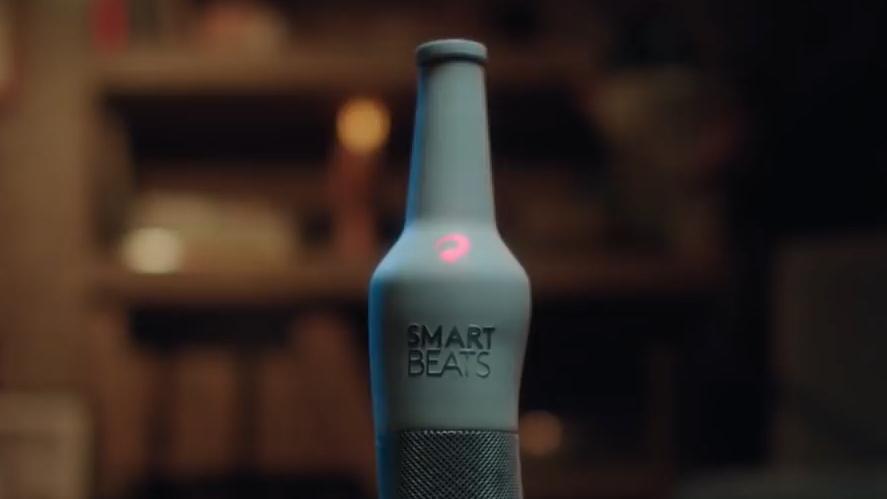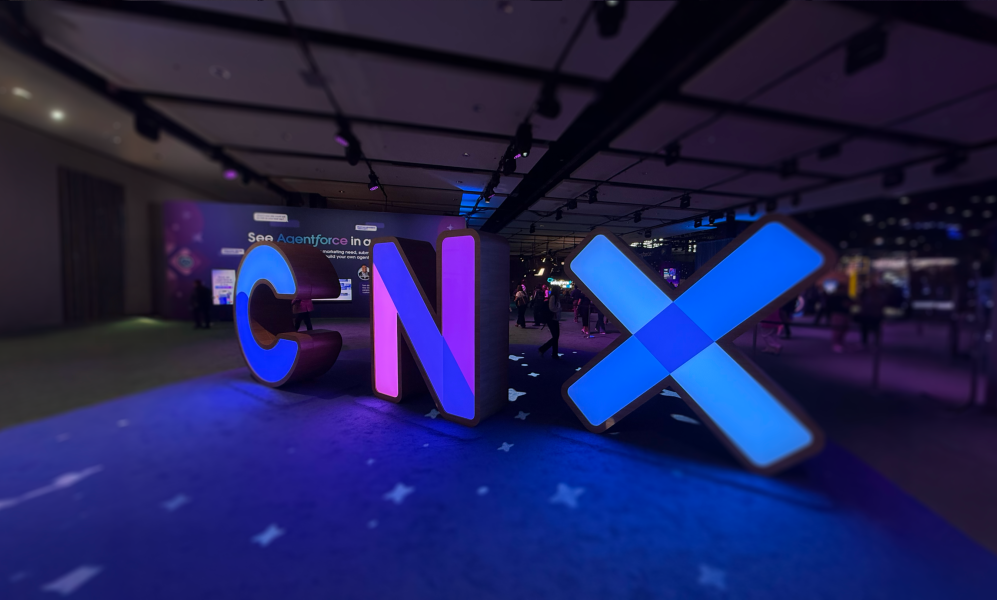Alexa, Give Me 5 Takeaways on Developing for Voice

Providing frictionless access to information, voice interfaces have quickly gained traction for users and brands alike. For users, benefits of the technology include sophisticated personalization and ease of use at all hours of the day. Brands likewise enjoy maintaining a constant presence in users’ homes or pockets and the ability to deliver more personalized, relevant experiences.
Natural speech is the most intuitive interface there is—or at least that’s the idea. Because it’s easy to take language for granted, designing natural conversation flows is often deceptively challenging. But by considering key challenges that arise in designing for voice, you’ll be better equipped to successfully deliver an engaging, easy-to-use voice experience.
Match the Personality with the Brand
We all can recognize famous spokespeople who represent brands on TV; who can forget the scandalous moment when Verizon’s “Can you hear me now?” guy jumped ship to represent Sprint? While spokespeople can give brands a human face, voice interfaces give them, well, a voice. But just like a spokesperson, mascot or logo, how you represent your brand via voice shouldn’t be taken lightly.

Despite promoting the Terraco SUV, SEAT’s Why Not Now voice bot focuses its conversations on users’ ambitions, not on the car.
“We tell our clients that whichever voice you pick, people will perceive that as the brand,” says Geert Eichhorn, Innovation Director at MediaMonks. Tone of voice, vocabulary and style of speaking are all rich variables for bringing your brand to life, but they must align with the personality of the brand you’ve set in place, or at least the context in which users will invoke the assistant. “If you have a slow, sluggish voice, that’s how people will perceive your brand,” says Eichhorn. That might work well for a laid-back food-ordering service, but one can easily imagine the issue if a personal trainer assistant sounded like they were ready to take a snooze.
Deadpan “Robot Voice” is So Y2K
Another concern is whether your assistant should speak through voice-acted recordings or a computerized voice. Performed by a professional actor, a voiceover can provide a more engaging, theatrical and natural experience—but there’s a catch. “Voiceovers can be costly when updating your bot, because you’ll have to continually record new lines,” says Eichhorn, who only recommends voice recordings if they directly benefit brand equity—like with brand giants who already have spokespeople to lend their voice.
That said, using computerized voices aren’t a bad thing by any means. They allow for immediate, cost-effective content updates for your bot and are surprisingly adept at emulating human speech. For example, both the Google Assistant and Alexa platforms support Speech Synthesis Markup Language (SSML), which allows their assistants to change pitch, whisper dialogue, spell out words and much more. With SSML, brands can deliver a quality user experience without sacrificing practicality.
Raise Your Voice
“One of the biggest challenges in voice is discovery,” says Eichhorn. While major voice platforms host directories that are akin to app marketplaces, the majority of the devices that users invoke assistants with do not have screens—which means aimless browsing is a no-go. The Alexa platform also requires users to manually select and install skills (Amazon’s term for Alexa-powered voice assistants), which provides another barrier for stumbling upon new assistants.

It’s not just about voice: visuals can play a key role when a screen is available.
“You’ll likely have to target users through a campaign or landing page for them to know that your voice application exists,” says Eichhorn. It’s wise, then, that brands not only collaborate with a creative and production partner for voice development, but partner up for promotional capabilities as well. Whether through an integrated campaign or by placing a page on your website, promotion that informs users on how to invoke the assistant will prove essential in raising awareness and onboarding new users.
What’s in a Name?
When it comes to voice assistants, a name can make or break the user experience. First, a name should be memorable so users can easily call the assistant up. Second, it should be simple, ensuring the voice model can recognize what the user is asking for. “Through rigorous testing that includes a diverse range of users, we can determine whether a brand’s invocation name might be problematic early in the development process,” says Eichhorn. “This way we can ensure clients’ users get the response they want from the brand.”
This happens because voice models are predominantly trained to recognize words or only the most common of names. If a name doesn’t belong to the same language as the model, or if the name is too similar to an existing word, confusion can easily arise. Brands must regularly test assistant names and invocation commands with different accents to ensure recognizability, especially if their userbase is diverse.
Pick Conversation Starters with Care
Voice interfaces are open-ended by design, which requires assistants to lead and direct the conversation so users don’t become lost or subject to tyranny of choice. But follow too rigid a conversation scheme—like relying on a series of questionnaires and menus, like you’d experience when calling a customer service line—and users will quickly become frustrated at the number of steps needed to find the answer they seek.

This bottle-shaped smart speaker made for beer brand Skol knows how to get the party started: by letting users play music, organize party plans or order a round of beer.
“The simplest trick to starting the conversation is to ask yourself what you’d say if you were talking to a real person,” says Eichhorn. He compares the experience to being greeted by an employee in a shop: “If you walked into a hardware store looking for nails, the assistant there wouldn’t ask a lengthy series of questions,” he says. “Instead, they might ask what you need the nails for, then make a recommendation based on that application.” By focusing on context and application, voice assistants can recommend a manageable handful of choices requiring few conversation steps, much like how Spotify or Netflix recommend content based on a mood or moment.
Voice assistants offer an excellent opportunity for brands to connect with audiences in deeper ways and provide them with frictionless access to information. That said, designing a great voice experience is anything but simple. Requiring copywriting, technical expertise, user research and ongoing support, developing is a big endeavor that will require most brands to collaborate with an end-to-end partner that can either walk them through each step or fill in talent gaps for specific parts of the process.
Related
Thinking
-
![A low-angle, wide shot of large, illuminated, three-dimensional letters spelling "CNX" in a dimly lit event hall. The 'C' glows blue, the 'N' glows purple, and the 'X' glows with a bright blue light. The letters are placed on a dark blue carpet with a subtle pattern, and they cast colorful reflections on the floor. In the blurred background, people can be seen walking around the conference space.]()
Blog post
Inside Salesforce Connections 2025 and the Conversational Potential of Agentic AI By Nathan Bouman 5 min read -
![Amplitude Global Solutions Partner Monks announcement banner and badge]()
Blog post
Driving Experimentation and AI Innovation with Amplitude By Sayf Sharif 5 min read -
![A man with dark, wavy hair stands with his back to the camera, wearing a mustard-yellow button-down shirt. He is looking at a large video wall composed of multiple screens, each glowing with bright, colorful, and abstract digital displays in a dimly lit room.]()
Blog post
Unlocking Growth on Amazon DSP with Human-Centered AI By Ladipo Fagbola 5 min read
Sharpen your edge in a world that won't wait
Sign up to get email updates with actionable insights, cutting-edge research and proven strategies.
Monks needs the contact information you provide to us to contact you about our products and services. You may unsubscribe from these communications at any time. For information on how to unsubscribe, as well as our privacy practices and commitment to protecting your privacy, please review our Privacy Policy.



